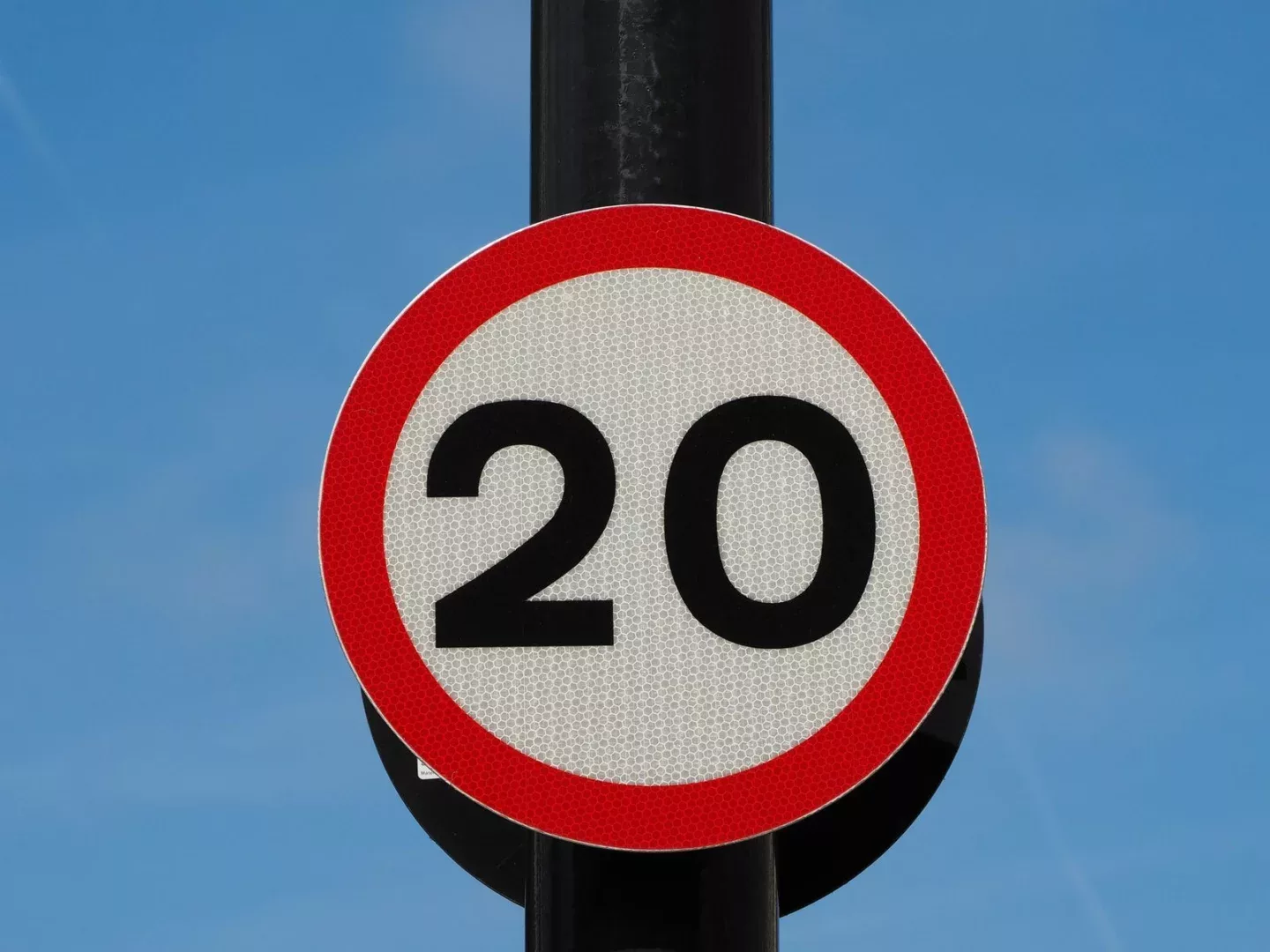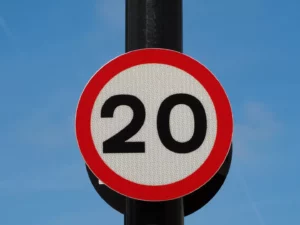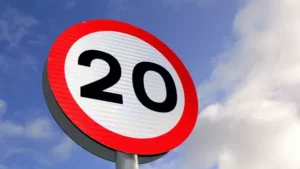Transport for London is cutting the speed limit on more than eight miles (13.77km) of roads as part of its commitment to complete 20mph speed limits on 130 miles of the TfL road network by 2024.
It says it’ll bring in new, lower speed limits on five roads across London as part of its Vision Zero commitment to reduce road danger and enable more walking and cycling in the capital. adding that the new speed limits will help make five busy London areas safer and more attractive for people in these communities to live, work and play, encouraging more people out of their cars to walk, cycle and use public transport.
TfL has used a risk-based approach to identify sites to lower speed limits. Four 20mph speed limits will be introduced, including the A10 – A503 corridor in Haringey, the A13 Commercial Road in Tower Hamlets, the A23 London Road in Croydon and the A107 corridor in Hackney. In addition, a 30mph speed limit will be introduced on the A10 Great Cambridge Road in Enfield. The new speed limits will be supported by new signs and road markings, and TfL will work closely with the Metropolitan Police Service (MPS) to ensure that drivers understand and comply with the new lower speed limits.
TfL explains reducing danger on the capital’s transport network is a top priority. In March 2020, TfL introduced a 20mph speed limit on all of its roads within the central London Congestion Charging zone as part of its Vision Zero commitment to eliminate death and serious injury on the capital’s roads by 2041, and 80km of its roads are now 20mph. TfL is now working to lower speeds on its road network in inner and outer London, including on the inner ring road, high-risk roads and roads in town centres. While TfL remains absolutely committed to ensure the safety of all road users, future safety schemes such as further reductions in speed limits or walking or cycling improvements will be dependent on TfL’s ongoing discussions with Government for long-term sustained investment in London, which is required to avoid the managed decline of the transport network.
The Mayor, TfL, the Met and London’s boroughs have committed to eliminate death and serious injury from London’s transport network as part of their Vision Zero Action Plan, which includes a commitment to reduce speed limits. Collision data from around the world shows that the speed at which people are driving or riding is the single most important factor in whether a collision takes place and how severely people are injured. The police reported speed as a contributory factor in almost half of fatal collisions in 2020. TfL will continue to work closely with the police, local councils and other partners to tackle the devastating impact these collisions can have on local communities.
As part of the joint commitment with TfL to eliminate death and serious injury from London’s roads, the MPS will significantly increase speed enforcement to tackle the risk and harm caused by speeding. This will be done by increasing MPS capacity to enforce up to one million offences by 2024/25, introducing new technology to improve effectiveness of enforcement and rolling out new powers to Police Community Support Officers so that they can stop speeding vehicles and take enforcement action against drivers.
Lilli Matson, Chief Health, Safety and Environment Officer at TfL, said, “We are determined to eliminate deaths and serious injuries from London’s roads in line with our Vision Zero goal. Ensuring the safety of Londoners and visitors is paramount, which is why we are working to lower speed limits on our road network in inner and outer London. Millions of walking and cycling journeys are made across London every day and people are much more likely to be killed or seriously injured if hit at 30mph than if a vehicle is travelling at 20mph or less.
“The new 20mph speed limits will not only save lives but will also encourage Londoners in these communities to travel in more active and sustainable ways. We’re committed to eliminating unsafe speeds and dangerous driving across our network and are working closely with our Metropolitan Police partners to ensure the new speed limits are robustly enforced.”
Will Norman, London’s Walking & Cycling Commissioner, said, “Sadly over 4000 people are killed and seriously injured on London’s roads every year. This is unacceptable. Lowering speeds is one of the most important things we can do to reduce road danger and make it easier and safer for people to walk, cycle and use public transport. I’m delighted to see Transport for London and the boroughs making good progress on reducing speed. However, further investment in walking and cycling infrastructure is essential to making our roads safer. Without it, we risk undoing our hard work to reduce collisions and will likely see more lives tragically lost on our streets.”
TfL says it continues to work on a number of major programmes to make London’s roads and the vehicles using them safer.
(Picture – Yay Images)





















